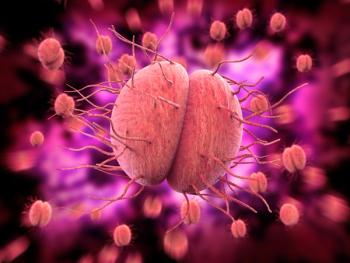
Air pollution, low birth weight linked worldwide
A large, multinational study has shown that low birth weight (LBW) is tied to prenatal exposure to air pollution.
A large, multinational study has shown that low birth weight (LBW) is tied to prenatal exposure to air pollution.
The study, which will be published in the journal
A team of researchers quantified the association between maternal exposure to particulate air pollution and term birth weight and LBW across 14 centers from 9 countries in North America, South America, Europe, Asia, and Australia. Data concerning approximately 3 million births were analyzed.
Their findings included that term LBW was positively associated with a 10-μg/m3 increase in large-particle pollution (particulate matter 10 [PM10]) (OR = 1.03; 95% CI: 1.01, 1.05) and small-particle pollution (particulate matter 2.5 [PM2.5]) (OR= 1.10; 95% CI: 1.03, 1.18) exposure during the entire pregnancy, adjusted for maternal socioeconomic status.
Principal investigator Tracey J. Woodruff, PhD, MPH, a professor of obstetrics and gynecology and reproductive sciences at University of California San Francisco (UCSF), noted that nations with tighter regulations on particulate air pollution have lower levels of pollutants. “In the United States,” she noted in a UCSF press release, “we have shown over the last several decades that the benefits to health and wellbeing from reducing air pollution are far greater than the costs. This is a lesson that all nations can learn from.”
Newsletter
Get the latest clinical updates, case studies, and expert commentary in obstetric and gynecologic care. Sign up now to stay informed.










